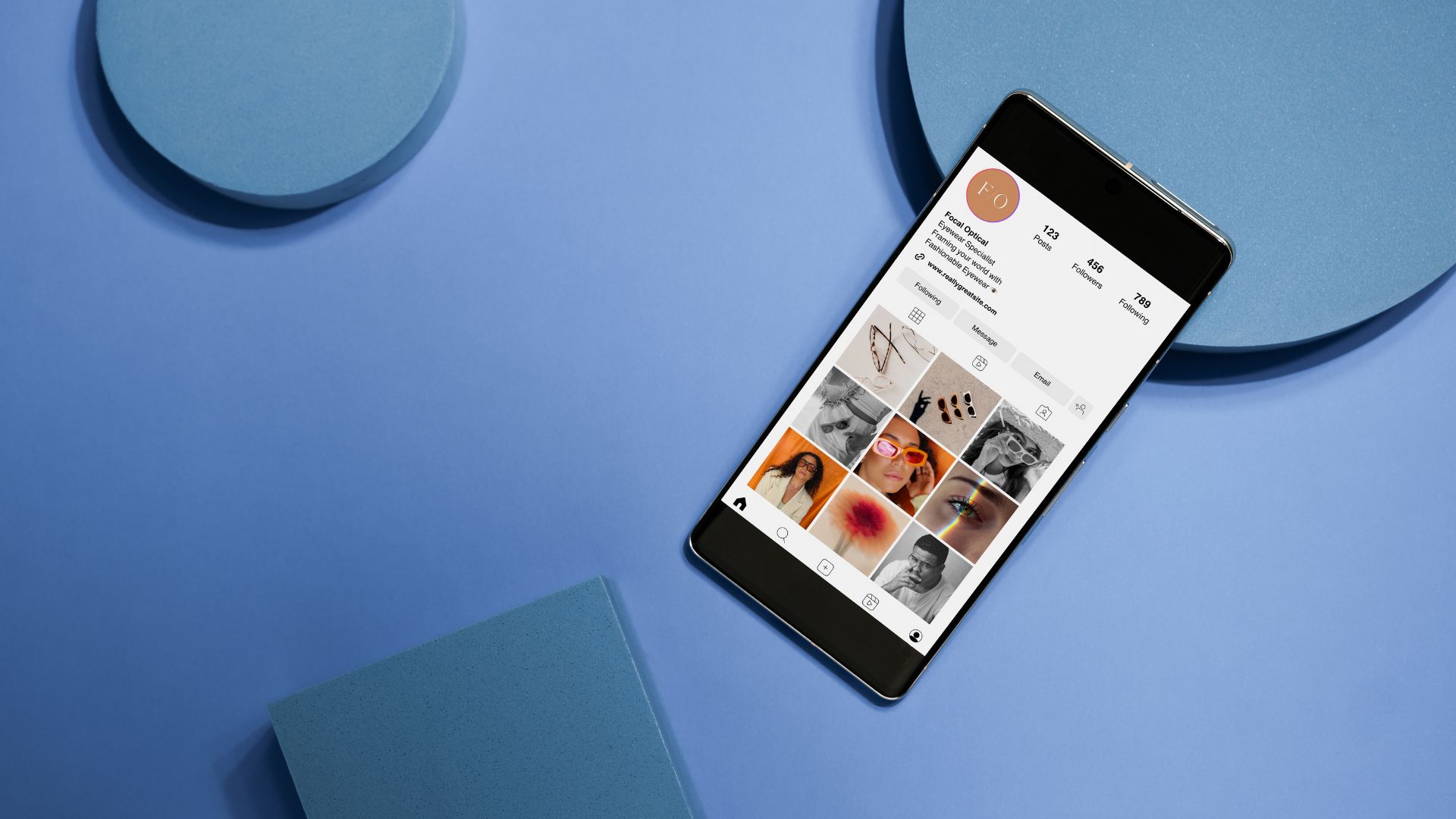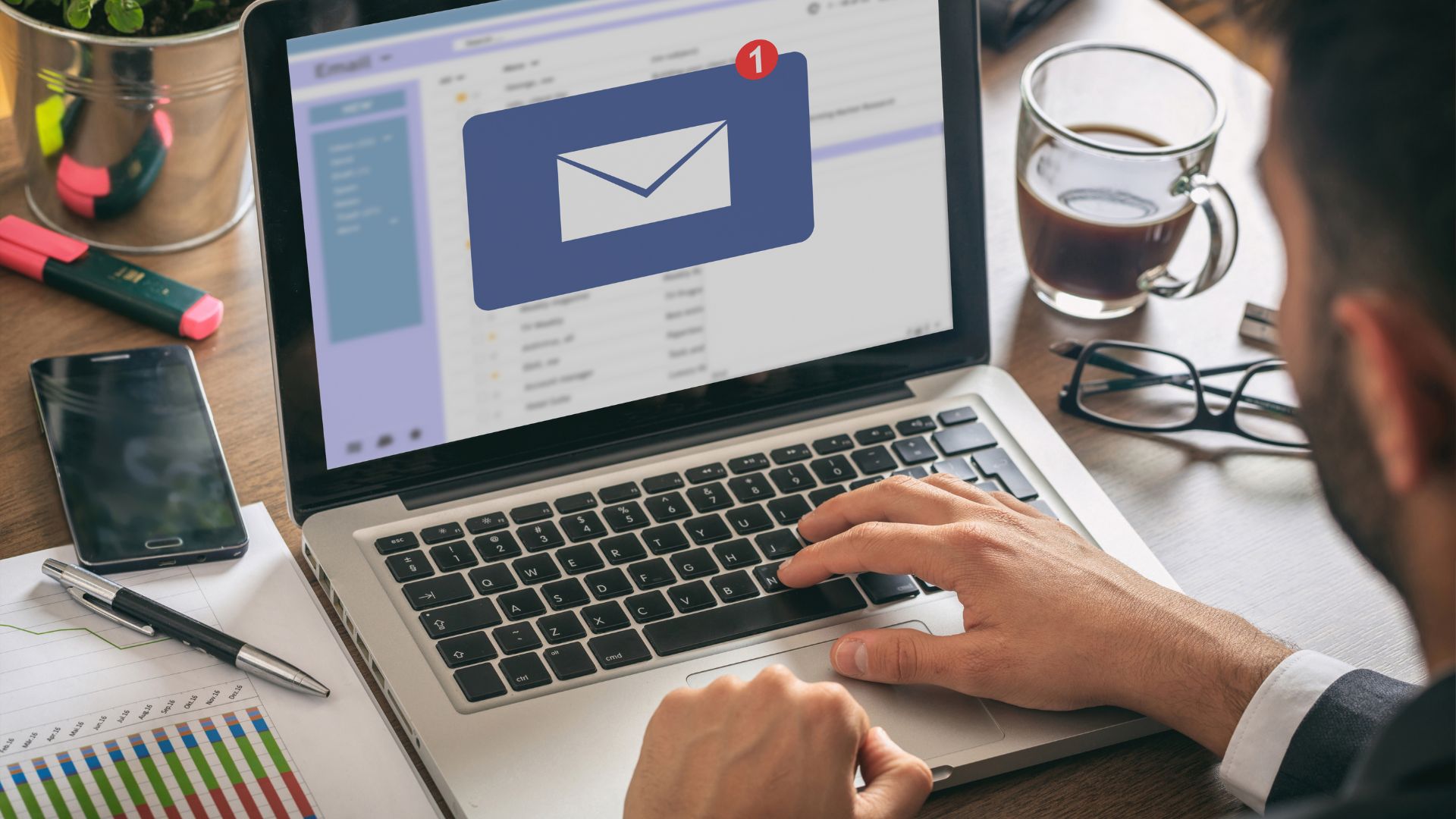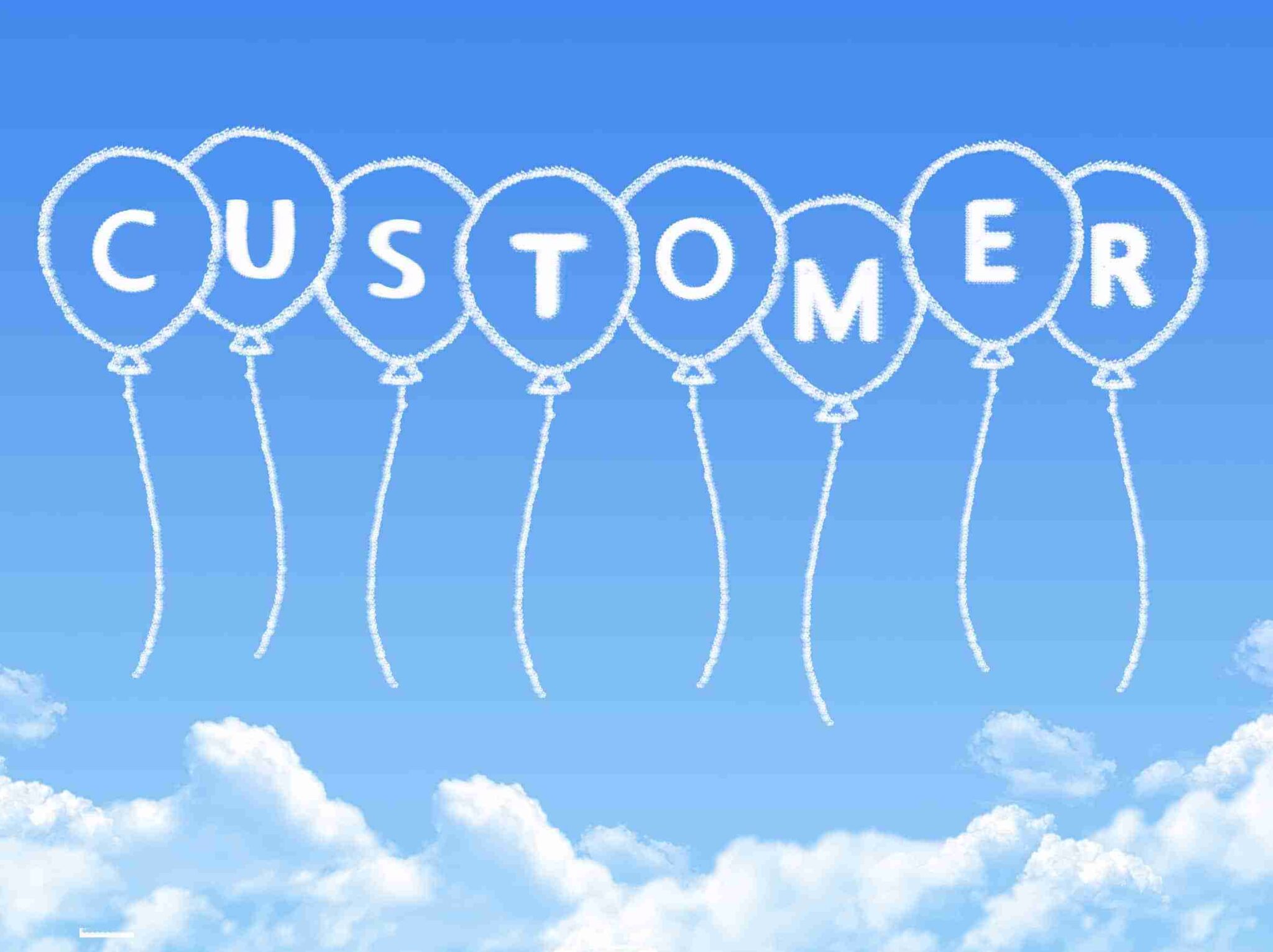Introduction: Why Personalization Has Become Non-Negotiable
In today’s fast-paced digital world, people are flooded with marketing messages every single day. Standing out in that chaos requires more than clever subject lines or beautiful designs — it demands connection. That’s where personalization steps in. Email marketing has evolved far beyond the era of mass blasts and generic promotions. Today, your subscribers expect brands to recognize who they are, what they like, and when they’re most likely to engage.
Think about it: when an email greets you by name, references something you’ve actually browsed, or offers a solution tailored to your needs — it feels intentional. It shows effort. And that instantly builds trust. Studies reveal that 70% of millennials feel frustrated when emails are irrelevant, while personalized emails can increase open rates by over 25%.
In short, personalization isn’t just about being polite — it’s about being relevant. It transforms your emails from noise into conversations that convert.
Stick with me until the end of this article, where I’ll share a valuable free resource — “The Power of Email Marketing” book — that dives even deeper into proven strategies to help you master personalization and elevate your campaigns to the next level.
Understanding Personalization in Email Marketing
Personalization in email marketing goes far beyond adding a first name to the subject line. It’s about understanding your audience at a deeper level — their preferences, interests, and behavior — and using that insight to deliver content that feels individually crafted. When done right, personalization turns your emails from generic broadcasts into meaningful one-to-one conversations.
There are several layers of personalization. At the most basic level, you might include someone’s name or acknowledge a recent purchase. But more advanced personalization involves segmenting your audience based on data such as browsing habits, location, purchase frequency, or engagement history. For example, a customer who frequently buys skincare products could receive personalized recommendations or tips related to that category, while another interested in fitness might get tailored workout content.
Modern email tools powered by automation and AI make this process seamless. They can analyze behavior in real time and send messages triggered by specific actions — such as an abandoned cart or a product view.
Ultimately, personalization is about relevance. When subscribers receive messages that align with their needs and timing, they feel understood — and that emotional connection increases engagement, loyalty, and conversions. Personalized emails aren’t just smarter; they’re significantly more effective.
Why Personalization Works: The Psychology Behind It
Personalization in email marketing works because it taps into the psychology of human connection. People naturally respond to messages that feel relevant, familiar, and considerate of their individual preferences. When an email acknowledges who we are — by name, behavior, or interest — it triggers a sense of recognition and belonging. This emotional response is what drives engagement and action.
From a psychological perspective, personalized messages activate the brain’s reticular activating system — the filter that helps us focus on what feels personally meaningful. When subscribers see an email that directly relates to their needs or past behavior, their brain flags it as “important,” increasing the likelihood they’ll open and engage with it.
Personalization also builds trust and reciprocity. When a brand takes the time to understand its audience, customers feel valued and are more inclined to respond positively. Moreover, personalized communication reduces decision fatigue — people don’t have to sift through irrelevant information to find what matters to them.
Ultimately, personalization works because it makes your marketing human. It transforms your email from a sales pitch into a conversation — one that resonates emotionally, earns attention, and nurtures lasting relationships. It’s empathy, powered by data.
Core Benefits of Personalization in Email Marketing
The benefits of personalization in email marketing are undeniable — it’s one of the most effective ways to boost engagement, conversions, and customer loyalty. When emails are tailored to the recipient’s preferences, they immediately feel more relevant and valuable. This relevance translates into higher open rates, as people are naturally drawn to messages that appear to speak directly to them. In fact, studies show that personalized subject lines can increase open rates by up to 26%.
Beyond opens, personalization drives higher click-through rates because the content aligns with what subscribers actually care about. Whether it’s recommending products based on browsing history or sending helpful content that solves a specific problem, these targeted touches make your audience more likely to take action.
Even more importantly, personalization improves conversion rates by making every interaction purposeful. Instead of sending one-size-fits-all promotions, you’re delivering timely, context-aware offers that guide each subscriber toward their next step — whether it’s a purchase, booking, or download.
Over time, this creates stronger customer relationships built on trust and recognition. People are far more likely to stay loyal to brands that “get them.” Personalized emails don’t just perform better — they transform marketing into meaningful, two-way communication that strengthens long-term growth.
How to Personalize Your Email Campaigns Effectively
Personalizing your email campaigns effectively starts with one essential ingredient — data. The more you understand about your subscribers, the more relevant and impactful your communication becomes. Begin by collecting smart data through signup forms, website analytics, and purchase history. But remember: it’s not about quantity, it’s about quality. Gather only the information that helps you deliver value — such as location, interests, or buying behavior.
Once you have this data, segment your audience into smaller groups. Instead of sending one blanket message, tailor your content to each segment’s unique needs. For instance, new subscribers may receive an educational welcome series, while repeat customers get loyalty offers or product updates.
Next, incorporate dynamic content that automatically adjusts based on each recipient’s data. This could include personalized product recommendations, location-based offers, or relevant articles. Pair this with automated workflows — like birthday greetings, cart reminders, or post-purchase follow-ups — to deliver personalization at scale.
Finally, never assume your personalization is perfect. A/B test your subject lines, content blocks, and timing to see what truly resonates. Over time, your data-driven insights will refine your strategy, helping you send emails that not only reach inboxes — but connect, engage, and convert.
Common Mistakes to Avoid
While personalization can transform your email marketing results, there are common mistakes that can quickly undermine your efforts. One of the biggest is over-personalization — using too much personal data or being overly specific about user behavior. For example, referencing exact browsing times or purchases can feel intrusive rather than thoughtful. Personalization should build trust, not cross boundaries.
Another mistake is relying on outdated or inaccurate data. Sending a “We miss you!” email to someone who just purchased can instantly damage credibility. Always keep your lists clean and updated to ensure relevance.
Some brands also assume that personalization alone guarantees success. But without testing and optimization, even the most tailored emails can fall flat. Failing to analyze performance metrics means missing opportunities to improve engagement.
Additionally, many marketers forget about mobile optimization — a critical error considering that over 70% of emails are opened on mobile devices. A personalized message that’s hard to read or interact with on mobile loses its impact instantly.
Lastly, avoid generic automation that feels robotic. Personalization should feel authentic and human. When done right, it deepens connection; when done poorly, it becomes noise. Focus on value, empathy, and context — that’s where true personalization shines.
Future of Email Personalization
The future of email personalization is being shaped by artificial intelligence, machine learning, and real-time data — transforming how brands connect with their audiences. Instead of relying on past actions alone, AI now enables marketers to predict customer intent before it happens. This shift from reactive to proactive marketing means emails can be sent at the exact moment a user is most likely to engage, with content perfectly aligned to their needs.
Machine learning algorithms can analyze massive amounts of behavioral data — such as browsing patterns, purchase frequency, or engagement habits — to create hyper-segmented audiences automatically. This allows brands to deliver truly individualized experiences at scale. Imagine emails that adapt instantly, showing different images, offers, or CTAs based on each subscriber’s unique profile.
Personalization will also extend beyond the inbox, integrating seamlessly with omnichannel experiences. A user who views a product on a website might later receive an email reminder, a social ad, and even a tailored SMS follow-up — all synchronized through AI.
As privacy and data transparency evolve, the future belongs to brands that balance personalization with respect and trust. Those who use data ethically and intelligently will build stronger connections — and dominate the inbox.
Conclusion: Turning Personalization into Profit
Personalization is no longer a marketing trend — it’s a growth engine that separates thriving brands from forgotten ones. When done right, personalized emails don’t just increase open rates or clicks; they create meaningful experiences that strengthen trust, loyalty, and long-term revenue. Every data point you collect — from customer behavior to engagement history — becomes an opportunity to deliver value that feels intentional and human.
Think of personalization as a conversation, not a campaign. It’s about understanding your audience so deeply that your emails feel like they were written just for them. Whether it’s a timely reminder, a curated recommendation, or a sincere thank-you message, these small touches compound over time to build stronger relationships and consistent results.
As technology continues to evolve, the brands that succeed will be those that use data not just to sell, but to connect. They’ll treat every email as a moment to serve, inspire, and delight their subscribers.
If you’re ready to take your email marketing from ordinary to extraordinary, don’t stop here. Download your free copy of “The Power of Email Marketing” — a complete guide packed with actionable strategies to help you personalize your campaigns, boost engagement, and grow your business with confidence.
Free Download: Power of Email Marketing Book


















